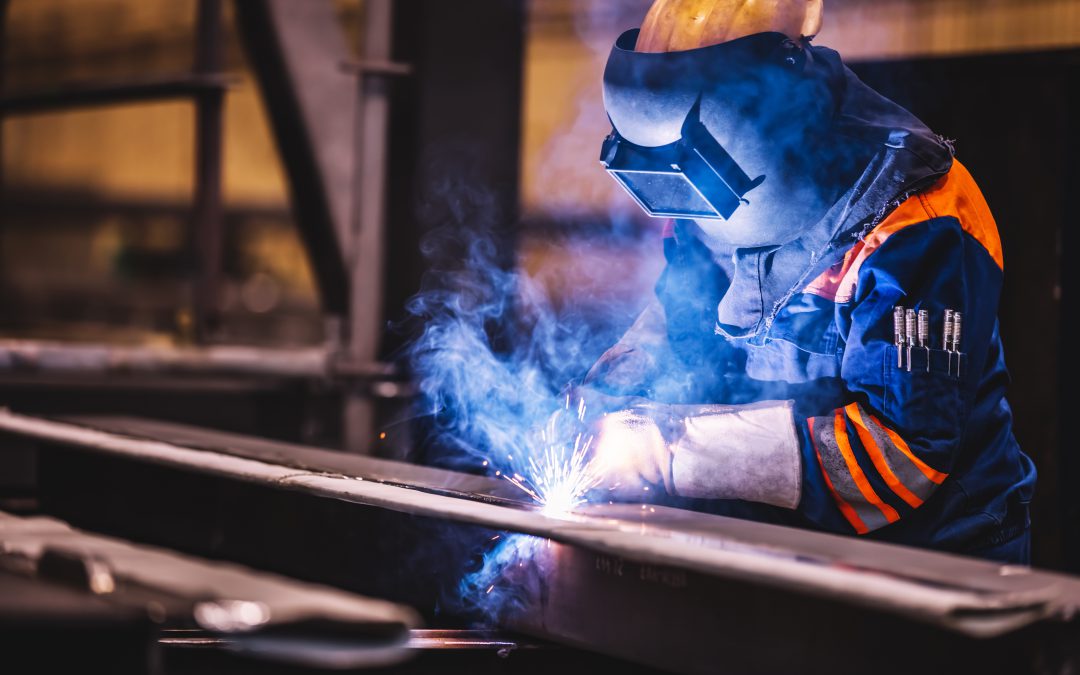Course Progress Bar
0% Complete
0/101 Steps
Course Navigation
Safety Regulations and Compliance
Safety regulations and compliance are crucial aspects of any industrial or manufacturing operation, including the fabrication of oil and gas assets. These regulations are put in place to protect the well-being of workers, the environment, and the public. In the context of asset fabrication in the oil and gas industry, here are some key aspects of safety regulations and compliance:

1. Occupational Safety and Health Administration (OSHA) Standards:
- OSHA sets safety and health regulations in the United States. Fabrication managers must ensure that their facilities comply with OSHA standards, which cover a wide range of topics, including machine safety, chemical handling, electrical safety, and personal protective equipment (PPE) requirements.
2. Environmental Regulations:
- Compliance with environmental regulations is essential to minimize the environmental impact of fabrication activities. This includes adhering to air quality standards, wastewater discharge regulations, and hazardous waste disposal requirements.
3. Process Safety Management (PSM):
- PSM regulations, typically overseen by OSHA, are designed to prevent the release of hazardous chemicals during manufacturing processes. Fabrication managers must develop and implement PSM programs that include hazard assessments, employee training, and emergency response plans.
4. Fire Safety Standards:
- Fire safety regulations are critical in oil and gas fabrication, where flammable materials and processes are common. Compliance includes fire prevention measures, fire suppression systems, and emergency evacuation plans.
5. Hazardous Materials Handling:
- Regulations regarding the storage, handling, and transportation of hazardous materials are stringent in the oil and gas industry. Proper labeling, storage, and training are essential for compliance.
6. Electrical Safety:
- Electrical hazards are prevalent in fabrication facilities. Compliance with electrical safety standards, such as NFPA 70E in the U.S., ensures that workers are protected from electrical accidents.
7. Machine Guarding:
- Fabrication often involves heavy machinery. Compliance with machine guarding standards helps prevent injuries by ensuring that moving parts are adequately protected.
8. Welding and Cutting Safety:
- Welding and cutting processes come with specific safety requirements. Managers must ensure that welders are trained and equipped with appropriate PPE, and that ventilation systems are in place to remove fumes.
9. Confined Space Entry:
- Confined spaces are common in fabrication facilities. Compliance with confined space regulations, such as OSHA’s Confined Space Standard, is essential for worker safety during maintenance and inspection activities.
